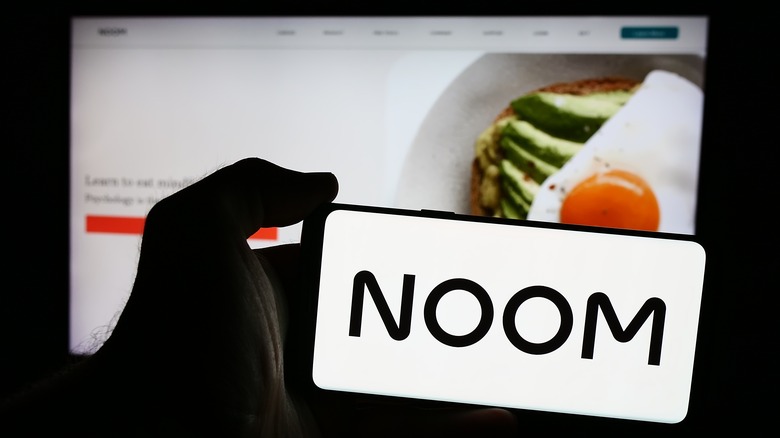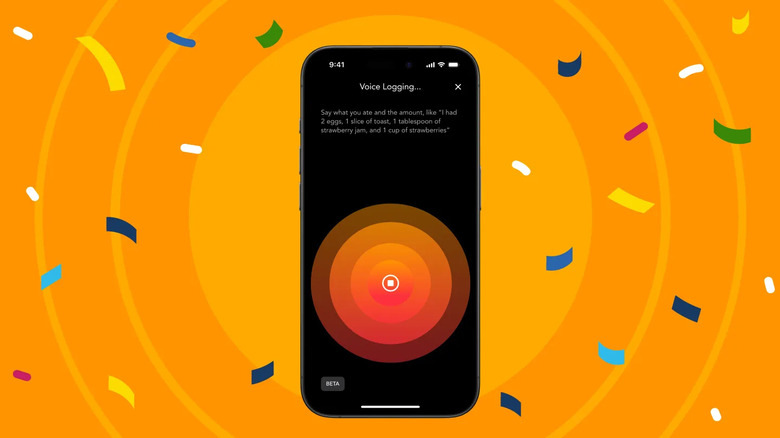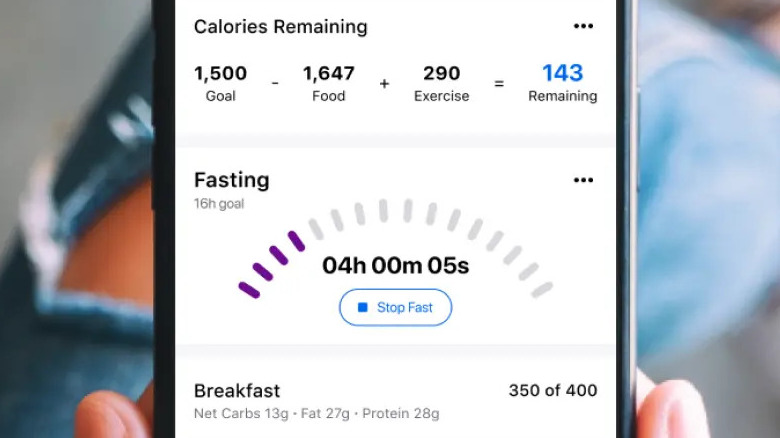5 Of The Best Food Tracking Apps In 2024
Technology has done plenty of incredible things when it comes to exercise and fitness. So many of us have a watch or a band around our wrists that tracks our steps, our heart rates, and our calorie burning whether we just are just going about our daily routines or engaging in full body workouts. It has made it easier for people to truly understand their physical fitness rather than just guessing about how effective their morning jog is.
While that is fantastic, exercise is only part of the picture when it comes to leading a healthy lifestyle, and arguably, the most important element of this is food. Luckily, technology has also made people realize what exactly they put into their bodies on a daily basis. Whether you order take-out with a delivery app, shop for groceries with the help of your Apple Watch, or look up recipes on your phone, there is no shortage of great apps for foodies.
However, when anything you could want to eat is just a few clicks away, you could find yourself overindulging and lose track of how much you are eating. Sometimes, you might even forget that you ate something earlier in the day. If you have a smartphone, you have the ability to track your food intake just as closely as you would your exercise routines. Countless apps await to be downloaded to let you log your meals and snacks, count your calories, and help you maintain a healthy lifestyle, and here are five of the best out there that you can download right now to improve your food awareness.
Weight Watchers
Even with the rise of food tracking apps, one of the best out there is still a program that predates smartphones by many decades. Weight Watchers has been around since the 1960s, and it is founded on the principle of knowing how much you are eating rather than exactly what you are eating.
After you have imported your weight, height, weight loss goals, and other information into the WeightWatchers Program app, which is available for iOS and Android, it will then allot you a certain amount of Smartpoints per day. These Smartpoints can then be allocated however you wish for your meals and snacks. Every single food item is given a point value based on the item's calories, saturated fat, protein, and dietary fiber. This gives you a bit more flexibility in your daily caloric intake because these other factors play important roles as well.
The app goes beyond tracking food too. Once you sign up, you will have access to thousands of different recipes that can help reduce the number of points for a certain meal you like based on how it is made or just meals that you have never made before. There is also a community of coaches and users to connect with on your dieting journey. Weight Watchers also offers a plan specific to people who have diabetes, and recently, they have implemented a plan featuring a GLP-1 weight loss drug as well. Weight Watchers charges $23 per month for its service, but currently it has an offer for $10 per month if you sign up for a year long commitment.
Noom
The Noom app first launched back in 2016 — although Noom has been helping people loose weight since 2008 — and it has since become one of the top dogs in the food tracking game. It has been named the best food tracking app by the likes of Fortune and Forbes, praise that is certainly well warranted.
The app, which is also available for both iOS and Android devices, categorizes food in one of three colors: green, yellow, or red. These categorizations are determined by how calorically dense the particular food is. The least dense foods are labeled green, such as green vegetables, as it could be far less calories than eating the exact same amount of another food, like chicken. Alongside this, Noom gives you an ideal calorie range that you should be hitting each day, discouraging not eating enough.
The app also places a ton of emphasis on education and changing your habits, making it more ideal for weight loss than general tracking. Every day, you are given a new lesson through the app regarding nutrition, understanding your psychology as it relates to food, and mindfulness separate from food as well. You are also able to connect with Noom coaches and users for support in your weight loss. If you qualify, the company also offers the special version of the program in conjunction with a GLP-1 weight loss drug.
The biggest drawback to Noom is its price. A standard monthly subscription costs $70 per month, but you do get discounts the more months you sign up for up front, with an annual subscription costing $209.
Cronometer
Food tracking can be a lot more than just calorie counting or assigning certain point values to certain foods. Nutrition can be far more complex than just what you find on the nutrition facts label. Some people want to be able to closely track their macro and micronutrients to keep as close an eye on what they are putting into their bodies as they possibly can.
That is where a food tracking app like Cronometer comes in handy. Available as the Calorie Counter by Cronometer on both the App Store and the Google Play Store, Cronometer makes it easy to also keep track of your daily goals of both your macros (such as proteins, fats, and carbohydrates) and micros (like vitamins, iron, calcium), tracking a total of up to 84 nutrients.
Many diets focus on macros, such as the If It Fits Your Macros and Keto diets. Having an app that calculates whether or not you are meeting your goals rather than hoping the calculator in your head proportioned everything correctly makes adhering to these fairly strict diet plans a lot easier. Within the app, you are also able to log your exercise routines to get the full picture of your daily health or connect them to other fitness apps like Fitbit.
Much of what you want to do with Cronometer can be done free of charge. However, there is also Cronometer Gold for $9.99 per month, which is both ad-free and has features like a barcode scanner for logging, an intermittent fasting timer, and biometric measurements.
Lose It!
One of the most popular food tracking apps out there is Lose It!, which probably has a lot to do with the fact that the basic version of Lose It! is free for both iOS and Android. Yes, you have to deal with ads, but being able to simply count your daily calories is all people want out of their food tracker. Lose It! provides a simple, easy solution to that. It does let you connect to your fitness apps as well, along with connecting you to other Lose It! members for support. Also, the app recently introduced the ability to log your food with your voice rather than typing and searching, which helps make the app that much more accessible.
Lose It! does have a premium version as well. First off, you eliminate all of the ads from your experience. Beyond that, you have the ability to track your macronutrients, sync your fitness tracker — such as an Apple Watch or Fitbit Sense — directly to the Lose It! app, all while creating a meal and exercise plan for yourself too.
Lose It! does not offer its premium version with a monthly subscription. Instead, the lowest amount of time to be committed to it is one year, which costs $39.99. Compared to many other food tracking apps, that is quite low. If you are satisfied with the app, Lose It! also offers a lifetime premium membership as well, which costs $189.99. However, if you already have an annual subscription, that price goes down to $149.99.
MyFitnessPal
Most food tracking apps do not just track your food. They also track your exercise activity. However, apps tend to keep these two trackers separate from one another within the app. While that makes sense in terms of app design, the two things are inextricably linked when it comes to one's actual personal health. After all, the calorie goal you are meant to hit in a given day may not take into account the amount of calories you are burning during your exercise that same day.
This is where an app like MyFitnessPal, which can be found on the App Store and the Google Play Store, comes in handy, as it aims to bring all caloric activity into one nifty calculator to let you know just how many calories you are actually putting into your body by both adding and subtracting calories based on your eating and activity.
You do not have to input your exercise directly into the app either, as it is able to connect with a variety of fitness apps that you may already be using. Plus, all of this is in the free version of the app. If you want more, MyFitnessPal also has a premium version that features all of the other elements you would hope to have in a food tracker like this, such as an intermittent fasting timer or macronutrients tracker. Plus, there are no ads.
MyFitnessPal Premium is offered with either a monthly subscription plan, which costs $19.99 per month, or an annual one, which will run you $79.99 per year.





